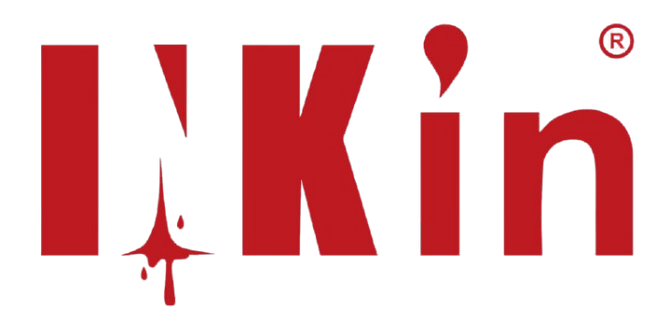
Know the Different Types of Pen Tattoo Machines
The first step is understanding the three main types of tattoo machine configurations - Rotary, Coil and Wireless (we also consider it into rotary).
Rotary tattoo machines use a motor and gear system to move the needle up and down. They operate quieter and smoother than coil machines. Rotaries are a great choice for shading and coloring since they can run at lower voltages.
Coil tattoo machines utilize electromagnetic currents to move the needles. They make the distinct buzzing noise you expect from a tattoo gun. Coil machines pack more punch for lining and bold blackwork.
As a beginner, a rotary machine will give you more control and flexibility. But don't rule out coils - many artists use a combination of both machine types.

Consider Power Supply - Cordless or Corded
The next decision is whether you want a cordless, wireless tattoo pen or a corded, plug-in model.
Wireless tattoo pens offer total freedom of movement and portability. No cords holding you back. This makes them excellent for festivals, conventions, and mobile tattooing.
On the other hand, corded tattoo machines provide consistent, stable power. No batteries to drain or recharge. They may limit your reach but deliver confident power.
As a new artist, start with a wireless pen for maximum versatility. Then add a corded model down the road for broadening your capabilities.
Choose Number of Needle Groupings
Tattoo machines use needle groupings - anywhere from 1 - 50+ needles attached to one bar. The grouping affects line weight and shading depth.
For lining, a 3 to 5 needle grouping provides the best balance of precision and boldness.
For shading and coloring, higher groups between 7 to 15 needles work well. Wider groupings deposit more ink for vibrant, solid saturation.
As a beginner, a pen with interchangeable needle groupings allows you to play with different effects. Look for at least 3-5 needles for lining and 7-10 for shading.
Consider Adjustable Speed Capabilities
Having control over needle speed is crucial. The speed impacts your precision and the client's comfort.
Rotary tattoo machines offer speed adjustment through voltage - typically between 6 to 12 volts. Lower voltage equals slower needle speed.
Coil tattoo machines adjust speed by altering the power coil configuration. Speed often ranges between 5 to 12 VPS (volts per second).
For versatility, choose a pen with a wide speed range - both slow and fast settings. This ensures you can handle any tattooing scenario as a beginner.
Consider Adjustable Stroke Length
Stroke length controls how far the needle travels with each oscillation. A longer stroke penetrates deeper into skin. A shorter stroke provides precision.
The ability to adjust stroke length gives you greater command over your line work. Short strokes excel for delicate details. Longer strokes pack more punch for solid fills.
Look for a pen that lets you easily adjust stroke length at INKin. Then you can adapt to any tattoo scenario rather than relying on fixed settings.
Check for Backup Batteries
With a wireless tattoo pen, having backup batteries or capacitors prevents interruptions.
Opt for a pen that includes at least one backup battery or set of capacitors. Having replacements standing by means you don't have to cut a session short.
Also look for batteries that provide over 2 hours of continuous running time. And confirm the expected battery lifespan - at least 150 uses is standard.
Fast charge time of 60-90 minutes enables you to get back to work quickly after swapping out dead batteries.

Key Takeaways for Choosing the Best Beginner Wireless Tattoo Pen
-
Pick either a rotary or coil tattoo machine depending on your artistic needs. Rotaries offer smoother, quieter performance that's ideal for beginners.
-
Consider the pros and cons of cordless wireless versus corded plug-in Wireless pens provide mobility at the cost of battery limits.
-
Look for interchangeable needle groupings with options for both lining and shading. 3-5 needles for lining, 7-10 for shading cover the bases.
-
Opt for a pen with adjustable speed through voltage or coil control. Wider speed ranges let you handle any tattoo scenario.
-
Select an ergonomic grip shape that keeps your hand comfortably positioned during long sessions.
-
Prioritize pens with a dual capacitor setup for power stability and efficiency.
-
Adjustable stroke length for switching between precision and solid packing is a bonus.
-
Test grip diameter and tip style firsthand to find your ideal fit.
-
Digital voltage display enables easy accuracy compared to manual knobs.
-
Don't forget backup batteries so you can complete sessions uninterrupted.
-
Look for a lightweight but durable pen construction to prevent fatigue.
-
Consider your budget around $100-$150 to get a quality performance without overspending as a beginner.


See what people are saying
2 Comments
QWMDeVAqj
QWMDeVAqj
TbLHnwzaKvfVEJsu
TbLHnwzaKvfVEJsu